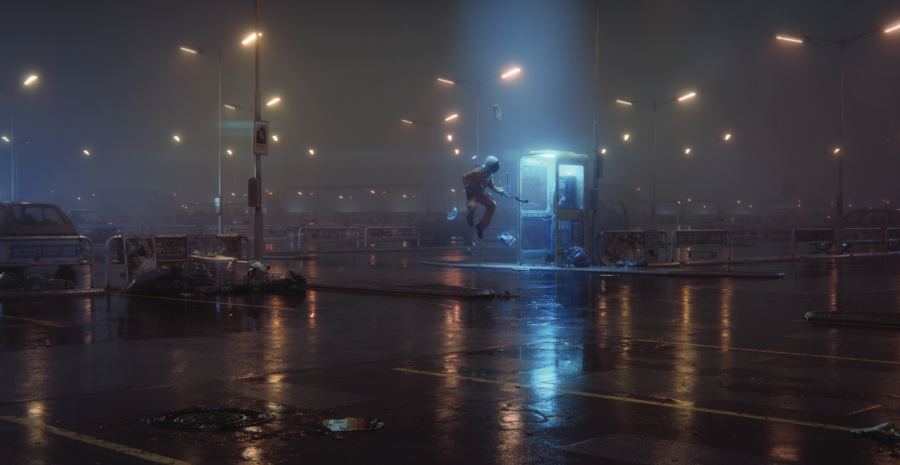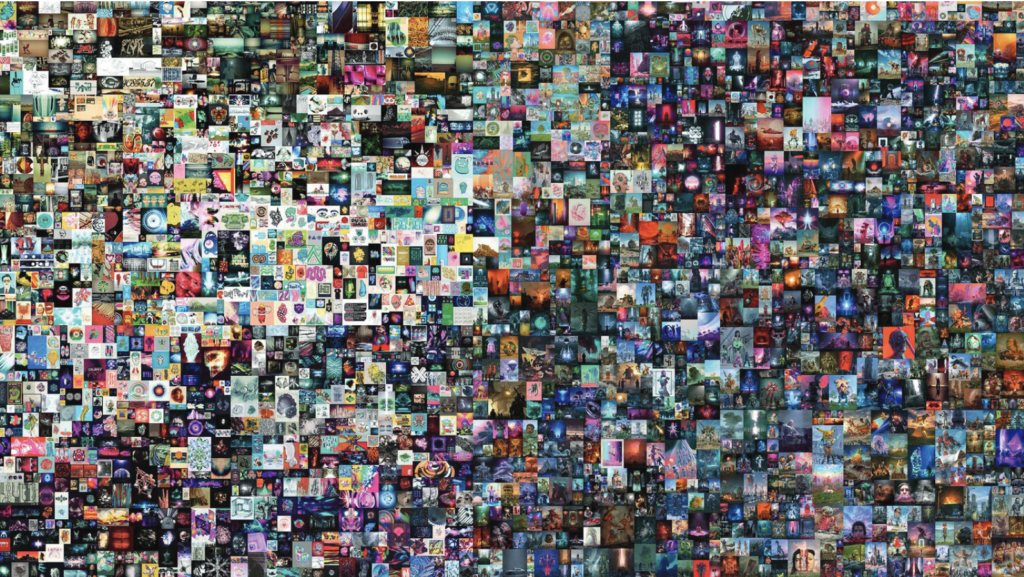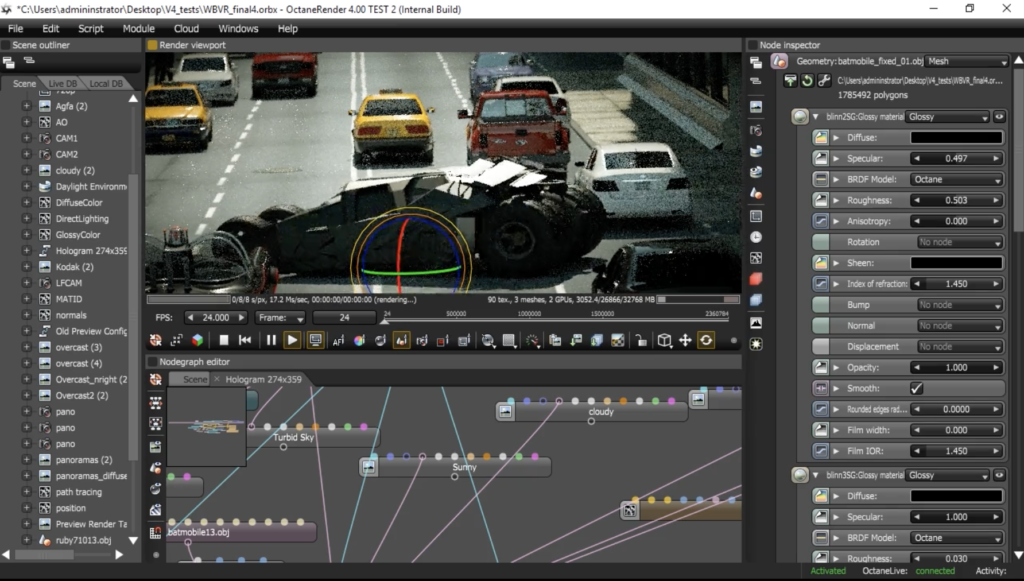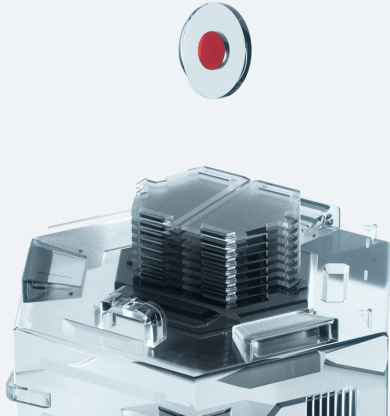Exclusives

M&E Journal: Virtual Creative Economies: Blockchain NFTs and the Future of Digital Media
Story Highlights
Over the past few months, blockchain non-fungible tokens (NFTs) have rapidly moved from its incubation period within the community of crypto artists and developers into one of the biggest cultural phenomena of the early 2020s.
NFTs, which attach unique blockchain verified tokens to digital goods, are revolutionary because they provide the first widely available mechanism for enabling provable owner-ship for digital content.
With NFTs, all of the cultural production enabled by the Internet can be monetized as single or editioned items — with a token attached to each uniquely owned digital asset. The reaction to this simple but groundbreaking innovation has been overwhelming.
As of February, Dapper Labs’ NBA Top Shots NFT platform has recorded over a quarter of a billion dollars in sales, 3D artist Beeple’s $69 million dollar Christie’s NFT auction sale placed it in the top-three ever recorded for a living artist (adjusted for inflation), and anonymous artists Pak’s upcoming NFT auction at Sotheby’s has garnered front-page news in the world’s leading art publications.
“Everydays: The First 5000 Days”[/caption] NFTs have also quickly moved from an initial use case in graphic art to all forms of media, entertainment and culture. Time Magazine has auctioned three single-edition NFT magazine covers on the crypto art platform SuperRare, MVP NFL quarterback Patrick Mahomes released limited edition NFTs on the plat-form MakersPlace, and Jack Dorsey tokenized and sold his first tweet as an NFT raising $2.9 million for The Give Directly Africa Fund.
 Par for the course in almost any major 21st century societal transformation, Elon Musk released a 3D-rendered NFT trending for days on Twitter, many prominent musicians are now including NFTs in their album and concert releases, and clothing brands are now producing limited edition NFTs.
Par for the course in almost any major 21st century societal transformation, Elon Musk released a 3D-rendered NFT trending for days on Twitter, many prominent musicians are now including NFTs in their album and concert releases, and clothing brands are now producing limited edition NFTs.
To some, the current moment resembles the 2017 cryptocurrency and initial coin offerings (ICOs) boom, which was swiftly followed by the collapse of many projects and a nearly two-year “crypto winter” before this year’s resurgence.
NFTs — which provide a token of digital ownership for virtual goods like an image, video, game, song, publication, or collectable using a blockchain smart contract that registers the provenance and sale data in an open and shared database — are also still an abstract concept for many.
However, now is the time to get serious about incorporating NFTs into your strategic roadmap, especially for media and entertainment organizations looking to adapt to the emerging opportunities of the post-COVID-19 landscape.
Not only are NFTs here to stay, but they will become more powerful as digital transformation acceler-ates and the next generation of augmented reality and holographic media technologies move from R&D to mainstream adoption. Due to the open and participatory nature of the technology, NFTs also present a remarkable opportunity to increase diversity within M&E organization’s pool of creators.
The technology also is not zero sum, providing an avenue where digital transformation does not necessarily lead to the corrosion of existing revenue models.
To the contrary, NFTs can be a powerful tool in augmenting both digital and physical product offerings.
This article will survey some of the trends and opportunities for M&E brands we see in the fast moving NFT landscape.
At OTOY, we have witnessed the remarkable rise of NFT first hand as users of our OctaneRender software and RNDR blockchain network have become lead adopters of cryptoart, accounting for over a quarter of a billion dollars in primary and secondary market sales already this year.
Users of OctaneRender like Beeple, pioneer of social media #everydays for over a decade, and Pak, the anonymous creator of the algorithmically generated social media feed Archillect, have become faces of the NFT movement as a result of front page sales at the world’s leading art auction houses Christie’s and Sotheby’s.
Behind the headlines, across our community of motion graphics and visual effects artists, NFTs are accelerating the democratization of profes-sional content creation and providing new channels for digital artists to develop their careers.
 Cornelius Dämmrich, the creator of the iconic OctaneRender 3.0 splash screen “52hz” recently sold the work for more than $150,000, providing a revenue model for his meticulously produced 3D art where none had existed for years. Female artists like Blake Kathryn and Smccea have emerged as leaders in 3D cryptoart, and NFTs have also provided the first global platform for artists to sell their works, leading to increased opportunities for creators in emerging markets to monetize their works.
Cornelius Dämmrich, the creator of the iconic OctaneRender 3.0 splash screen “52hz” recently sold the work for more than $150,000, providing a revenue model for his meticulously produced 3D art where none had existed for years. Female artists like Blake Kathryn and Smccea have emerged as leaders in 3D cryptoart, and NFTs have also provided the first global platform for artists to sell their works, leading to increased opportunities for creators in emerging markets to monetize their works.
Finally, we have seen collaborations between 3D artists and a diverse set of musicians, filmmakers, photographers and performers to co-develop NFTs that cross artistic, geographic, and racial boundaries.
There are a number of reasons that NFTs have continued their accelerating growth, rather than quickly burning out.
The virtual economy developing in the shadow of COVID-19 has catalyzed new forms of interconnection that are likely to persist even in a post-pandemic environment.
Notably, unlike tradition-al art and goods, which are difficult to trace after the initial sale, NFTs enable creators to get royalties from secondary market sales because provenance, royalties and transfer data is encoded in blockchain smart con-tracts. As a result, NFTs incentivize continued value creation by their design, where the royalties from sec-ondary sales can quickly dwarf primary market revenue.
Brands can use this royalty structure to release NFTs that help generate value and engagement with their fan base, increasing brand equity and loyalty as the demand for content grows.
NFTs are also programmable, with creators able to build on top of existing works — for example, attaching future entitlements to NFTs like unique smart contract tokens that provide early access to product and merchandise sales, limited edition items, or future events.
Finally, and most importantly, there is a near unlimited basket of virtual goods which can now be monetized using NFTs — ranging a spectrum from popular memes and tweets to iconic frames from films or TV shows, all the way to attaching unique digital goods to live event tickets, apparel, and advertising campaigns.
There are still a few challenges that need to be addressed before NFTs go mainstream.
Currently, verification tools are less than perfect, and there are few ways to prevent copyright infringement, IP theft, or even copying and re-releasing the same NFT on multiple platforms.
This is all currently left up to NFT marketplaces to police, which — as we have seen with social media platforms — can produce mixed results. Second, blockchain technology needs to advance to new consensus mechanisms — i.e. ways that the shared blockchain database is maintained — that go beyond initial proof-of-work cryptocurrency mining protocols, which generate tremendous environmental waste, long transaction confirmation times, and high transaction fees.
Finally, although NFTs are currently exciting, the novelty of owning a GIF, JPG, or MOV file might wear off unless more complex 3D files and digital assets are available that create a more immersive, interactive, and engaging experience.
At OTOY and RNDR, we are working on solutions to all of these challenges.
On top of RNDR, our blockchain GPU rendering network and 3D marketplace, we are building rich metadata tools that can authenticate 3D files or objects uploaded to the network, attaching uniqueness and verifiability to the file itself, not just the blockchain smart contract.
As images are uploaded and processed on RNDR they are hashed in a smart contract at the point of creation, providing a more robust toolset to validate NFTs as authentic across all digital asset marketplaces.
 Additionally, due to its use of GPU power to render images — a major need for the M&E virtual workflows — the network generates productivity rather than computational waste from the operation of the blockchain network.
Additionally, due to its use of GPU power to render images — a major need for the M&E virtual workflows — the network generates productivity rather than computational waste from the operation of the blockchain network.
Finally, because the NFTs created on RNDR are built from OTOY’s ORBX 3D file format, which is being standardized as part of the Immersive Technology Media Format (ITMF) for next-generation holographic media, works created on the network will be compatible with both 2D screens and the emerging AR displays of the future.
Attaching NFTs to underlying 3D files rather than sim-ply outputted JPEG and MOV files, enables artists and brands to both create interactive NFTs that can live in gaming environments, as well as “future-proof” an NFT to be compatible for the emerging display technologies of the future, like glasses-free holographic screens and mobile AR.
Deep verification tools, reduction of computational waste, and semantically rich 3D NFTs will become increasingly important as artists, brands and developers look to innovate the state of the art in digital assets. Ultimately, NFTs are still in their “Napster days” and the winners will be those who get ahead of the curve now.
Once more efficient tools for tracking and monetizing digital assets are widely available, the NFT revolution will undoubtedly benefit content creators, brands, and IP owners.
This should be music to the ears of M&E brands that have historically experienced corrosion of legacy business models in the first wave of digital transformation.
By adapting NFTs to your product and revenue strategy, you can capitalize on the remarkable opportunities that digital interconnectivity is creating — to engage with fans globally, increase diversity, and experiment with new methods for producing and monetizing IP.
* By Phillip Gara, Director, Strategy, OTOY, RNDR and Jayson Kleinman, Project Manager, RNDR
=============================================
Click here to download the complete .PDF version of this article
Click here to download the entire Spring 2021 M&E Journal









